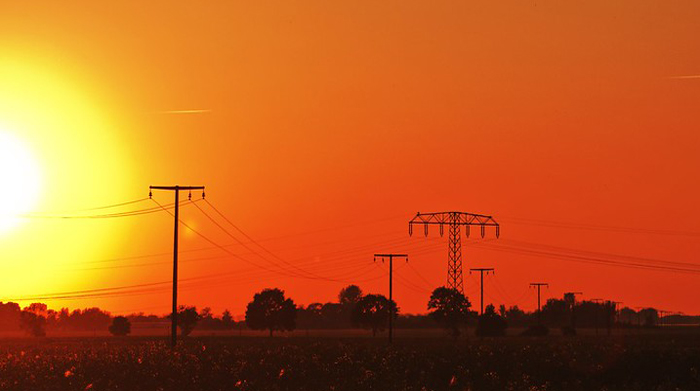How the Growth of Solar Capacity Impacts Power Grids

Image courtesy of Bjoern Schwarz under Attribution 2.0 Generic License, resized to 700 x 391 pixels.
The amount of solar capacity – both in the U.S. and globally – is rapidly growing. This obviously has a huge impact on utility operations. While every electric utility will manage this growth in its own unique way, there are some generalities we can glean that apply across the board.
The Impact of Rapidly Expanding Solar Capacity
According to the Solar Energy Industries Association (SEIA), 51% more U.S. solar capacity was installed in 2023 compared to 2022. It was the biggest year within the U.S. solar industry by far, with utility-scale installations accounting for roughly 70% of the total. And similar trends were seen in other countries across Europe as well as China and Brazil.
In the U.S., Texas had the largest scope of solar installations last year (overall, since 2021 the state has installed 15 GW of new solar capacity). Texas is also expected to add twice as much solar capacity as the #2 state over the next decade, making it a perfect test case to analyze the impacts.
The main impact so far in Texas has been a so-called duck curve in the ERCOT grid. The duck curve was introduced in California in 2013, and it depicts daily electricity demand versus the amount of solar energy available at each point in time. The curve is shaped like a duck because it features a midday drop in the net load curve, followed by a steep rise in the evening when solar is not available.
The duck pattern has persisted in California, and has gotten deeper over time as more and more solar capacity is installed across the state. California has even observed a negative net demand curve on some days. And, expanding this analysis to other states and countries shows the same effect.
Thus, it is the ability to manage supply and demand in the face of this volatility that presents a challenge. I would think that this effect will dilute over time, but for now, solar capacity is definitely a monkey wrench when it comes to grid management…not to mention, emergency preparedness.



